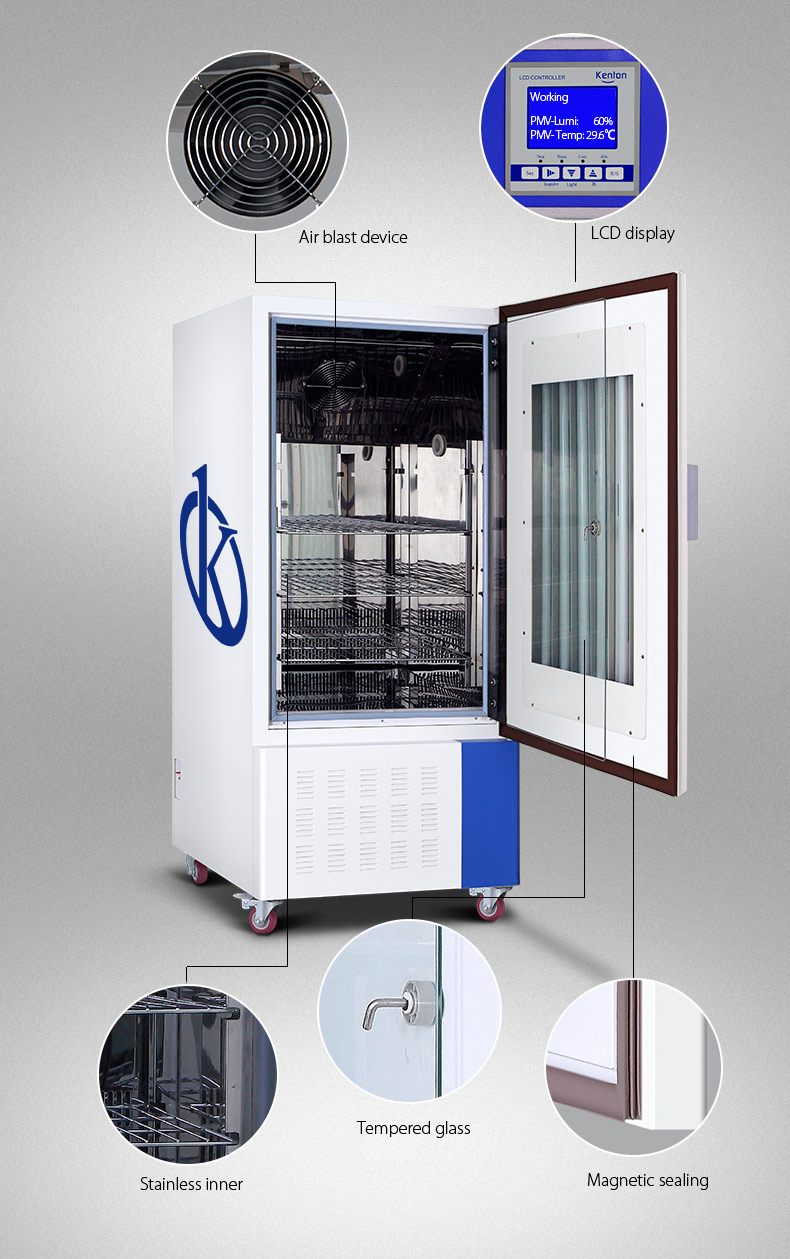The evaluation of manufactured products, under environmental conditions similar to those where these elements will operate, allows to guarantee the quality and reliability of the product, in addition to the expected performance, in the environment where it will be used.
There are different ways to test a component for specific environmental conditions, one of them is the execution of thermal tests in order to determine the quality, reliability and resistance of the different products, to the real environmental conditions that they have to face during their life cycle.
There are two kinds of assessments, the first one refers to thermostatic tests, in which the temperature parameter is controlled only, while the second one refers to climate tests, in which the temperature and humidity parameters are controlled simultaneously.
How are thermostatic tests done?
This type of tests is performed with the use of thermal or temperature chambers. A temperature chamber performs thermal testing by using convection. In general, to transfer heat to the component or sample under test, they use a fan that allows air convection through the sample or component. Temperature changes are made using an electric heater to heat the chamber or a cooling unit to cool it.
- Thermal cycle test
- Burn test
- Thermal shock test
What is each thermostatic test used for?
The thermal cycle test performs the change between extreme temperatures at a controlled rate and the transition speed is adjusted to decrease the thermal stress. Standby times are set at specific temperatures, called “soaks”, which allow to ensure that the samples or components reach the expected temperature.
The burn-in test is carried out keeping a sample or component at a sustained temperature. This test allows the verification of the operational parameters of a device, in a specific environment, for a specified period of time.
The study of thermal shock is performed by subjecting the sample or component to temperatures, low and high, with very fast transitions. This can be done with dynamic thermal chambers, which transfer the sample or component under evaluation, from one hot compartment to another cold, automatically. There are also static chambers, with high-performance heaters and cooling, that perform this test in a single compartment.
This test is used in the electronics sector, with the aim of identifying faulty and potentially premature faulty elements of the electronic component. This testing is essential for a new product to be brought to market.
Steps to Perform a Thermal Cycle Test
The following are general steps to perform a thermal cycle test on electronic components whose operating specification is in the range of -25°C to +65°C. The evaluation will be performed in the temperature range of -30°C to +70°C.
- Raise the temperature to the minimum test level (-30°C) and “soak” the electronic component, for 1 hour.
- Stabilize the electronic component at the minimum test temperature (-30°C).
- Switch on the electronic component and perform a functional test to demonstrate its performance, at the minimum test temperature.
- Turn off the electronic component and raise the temperature inside the chamber, to the maximum test level (+70°C).
- “Soak” the electronic component for 1 hour, at the maximum test temperature, before performing the functional test.
- Continue cycling between the minimum and maximum test temperatures, using “soaks” at the temperature ends, before running the electronic component functional test.
Monitoring of thermal tests
With a traditional monitoring system, the person in charge of the test sets up a profile on the thermal chamber, which includes all the steps and parameters of the test. Once the test begins, the process is tracked on the chamber screen and recorded manually. In case of any inconvenience, you can modify parameters during the test. To review the results, process data is exported and can be printed.
Currently, there are combinations of hardware and software, which allow remote monitoring of the process, with a high level of control and limiting the amount of manual work required, for the monitoring of tests. Real-time data can be accessed, which is useful for multi-day testing because it allows early detection of problems.
Kalstein climate chambers
At Kalstein we have a wide variety of YR series climate chambers for sale, whose characteristics depend on the model you choose. They have an efficient insulation system, which reduces energy consumption. They also have an ALLGENT™ humidification system that allows quality atomizations. Kalstein climate chambers feature an ergonomic design that offers operational comfort and an internal door that allows easy observation of samples. For more information on the Kalstein climate chambers, visit the HERE
We are manufacturers, so in Kalstein you can make the purchase of climate chambers at advantageous prices. For more detailed information, visit HERE

